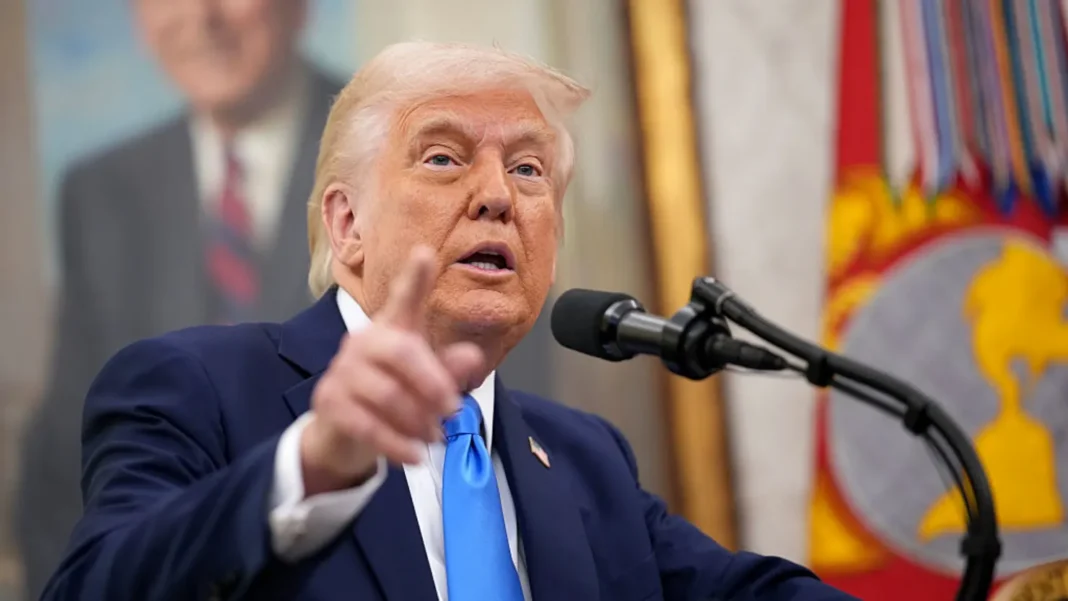President Donald Trump is preparing to unveil his most extensive batch of tariffs yet, targeting countries with policies he deems unfair to U.S. trade. While many details of the new measures remain unclear, one thing is certain: some nations will bear the brunt of these new duties more than others. Trump has hyped the plan, calling Wednesday’s announcement America’s “liberation day” and “the big one,” signaling a significant shift in the country’s trade relations.
The new tariffs, referred to as “reciprocal tariffs,” will affect nations that impose heavy tariffs on U.S. goods or have other trade barriers that the White House considers unfair. While Trump has been vocal about his aim to reset America’s trade relationships, Treasury Secretary Scott Bessent mentioned that the administration is focusing on a specific subset of countries. In a March 18 interview, Bessent pointed to what he called the “Dirty 15,” referring to nations that represent 15% of U.S. trading volume but impose high tariffs and non-tariff barriers on American exports.
Although Bessent didn’t name these countries, data from the U.S. Commerce Department shows the U.S. has its highest trade deficits with China, the European Union, Mexico, and several other nations, including Vietnam, Germany, Taiwan, Japan, and Canada. In an effort to narrow its focus, the Trump administration is reportedly considering 10 to 15 countries responsible for the U.S. trade deficit, according to Kevin Hassett, director of Trump’s National Economic Council.
Adding to the complexity, the Office of the U.S. Trade Representative listed 21 countries of particular interest in its recent public notice, signaling potential targets for tariffs. These include major global economies such as Argentina, Australia, Brazil, China, the European Union, India, Japan, Mexico, Russia, Saudi Arabia, and Vietnam.
Trump has previously argued that the U.S. is being exploited by its trading partners, as the country imports more than it exports to many nations. Economists, however, argue that trade deficits are not inherently negative, as they reflect U.S. demand for goods sourced more cheaply from abroad.
This new round of tariffs will follow previous ones, including those on China, steel and aluminum imports, and foreign cars, with more measures aimed at industries like pharmaceuticals expected in the future. As the announcement looms, uncertainty remains about how these tariffs will impact global trade and the U.S. economy.






